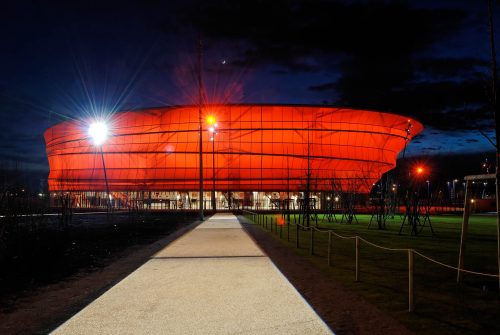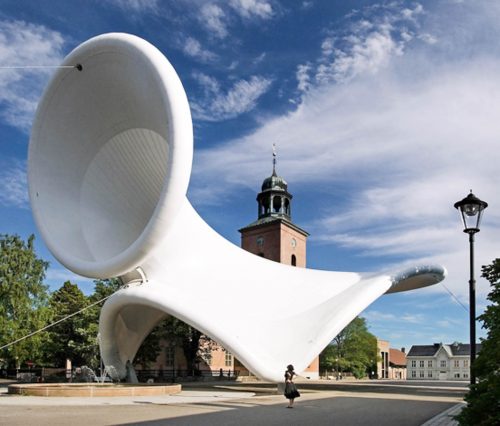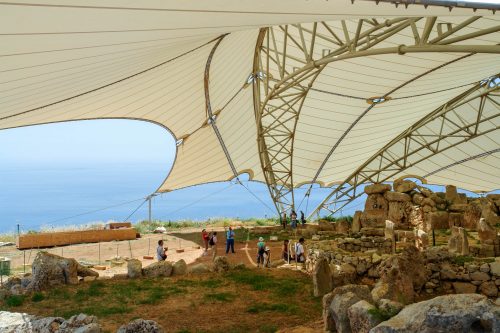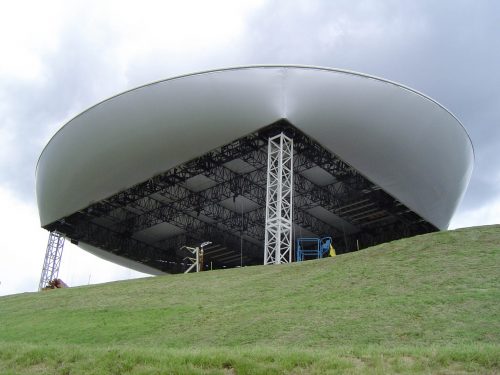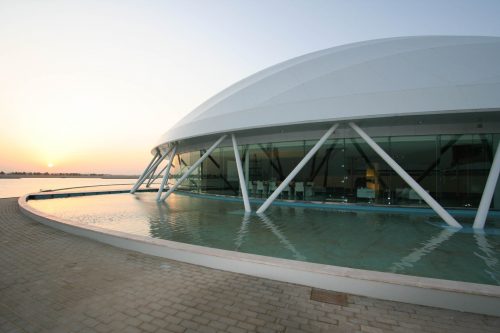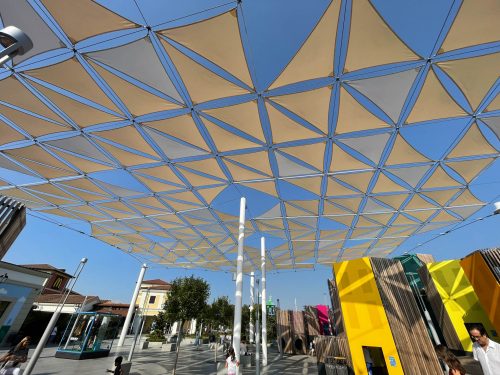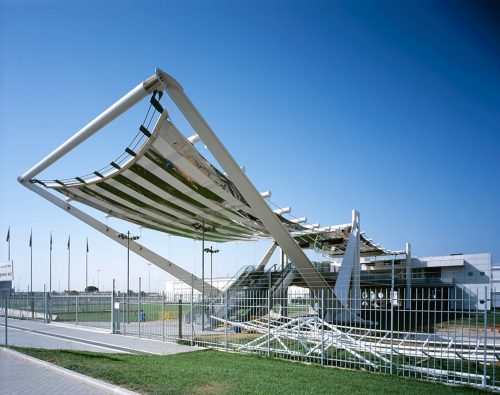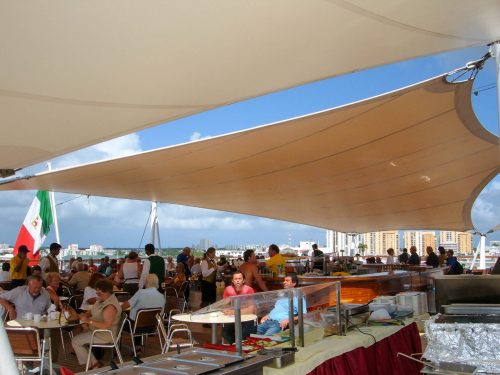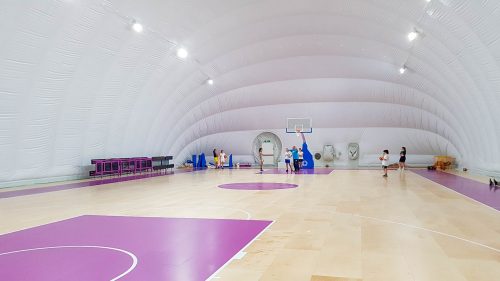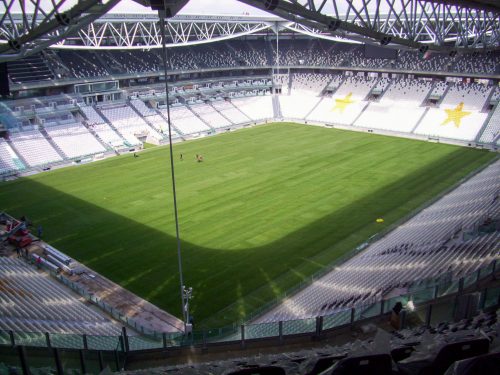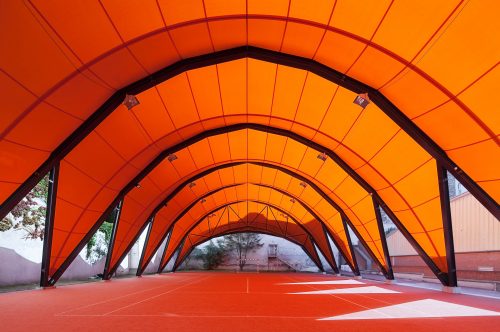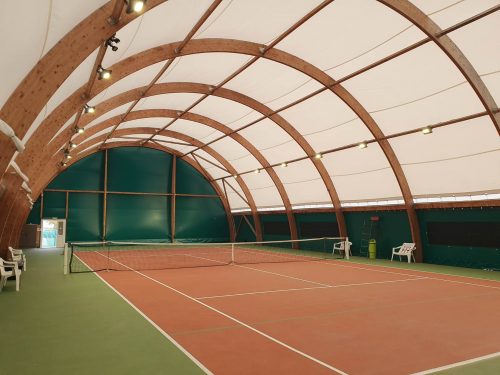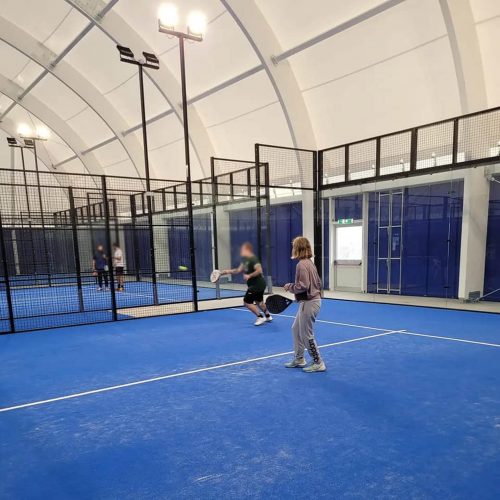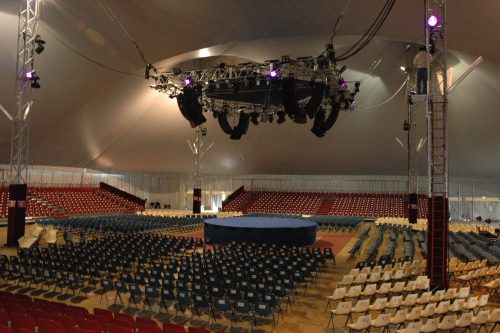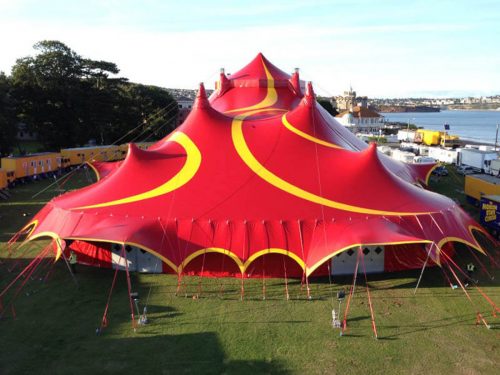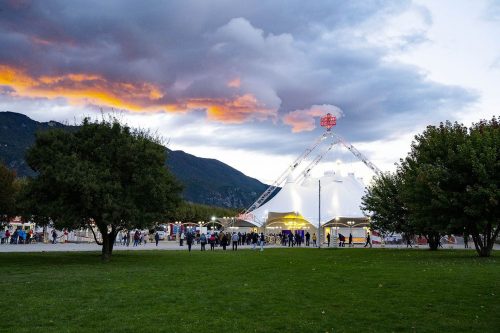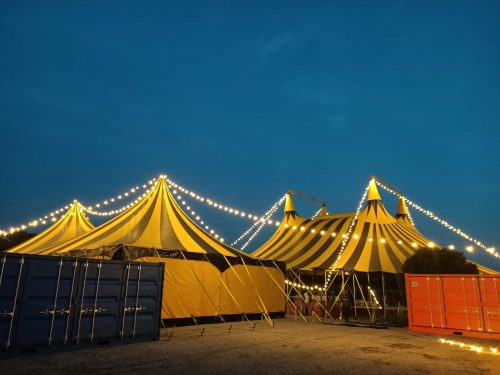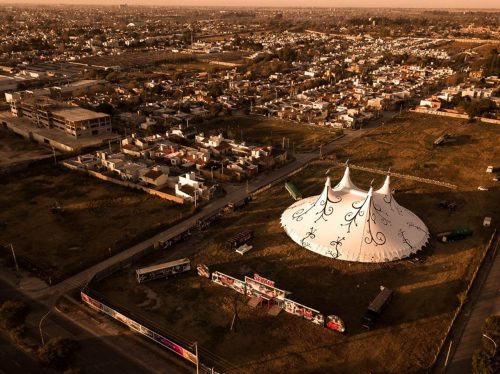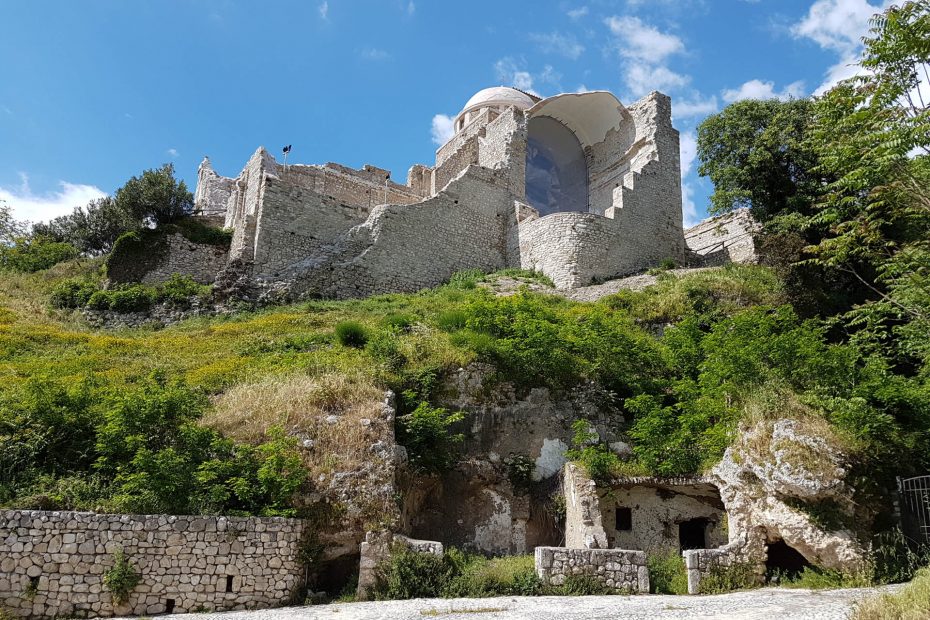Textile architecture for archaeological areas has brought a breath of innovation to the landscape of roofing around the world.
Preserving an archaeological site requires a delicate balance between minimizing the impact of the structure on the land and creating a comfortable space for both archaeologists and visitors.
In contrast to traditional solutions, which are often rigid and invasive, textile structures offer a wide range of advantages that make them an increasingly popular choice.
The use of textile architecture for archaeological sites is not only a functional choice, but represents a real paradigm shift in the management and enhancement of historical heritage.
The focus on reversibility, minimal environmental impact, and usability of the sites demonstrates how technology can combine perfectly with the preservation and protection of our past.
The benefits of textile archaeology for archaeological areas
-
Lightness and adaptability of textile structures for archaeological sites
Textile structures are distinguished by their lightness and flexibility. They can be easily adapted to any shape and size of the archaeological site, without requiring complex foundation works or invasive support structures.
-
Reversibility and minimal impact of textile architecture
Installation and disassembly of these structures are quick and leave no permanent traces on the archaeological site. This aspect makes them particularly suitable for fragile sites or sites with high historical value.
-
Climate control and natural lighting of the archaeological area
Fabrics used for archaeological site covers can be treated to filter sunlight and protect artifacts from harmful weathering. At the same time, they allow optimal natural lighting to be maintained for excavation and site enjoyment activities.
-
Aesthetics and innovative design of textile structures for archaeological sites
Textile structures offer extensive creative design possibilities, allowing for visually striking covers that blend harmoniously with their surroundings.
Archaeological site covers made by Canobbio Textile
From ancient temples to priceless artifacts, the textile architecture for archaeological sites designed by Canobbio Textile is a testament to modern conservation techniques that not only protect our rich history, but breathe new life into these priceless treasures.
Since the first project at the Temple of Apollo in 1987, Canobbio Textile has continued pushing the boundaries, covering monuments such as the Megalithic Temples of Malta and integrating the revolutionary ETFE film into the latest installations.



